[rev_slider f-gazpt1]
Just getting to the rally was a challenge. We had started the process of “becoming Gazelles” a full year before the event. Prospective Gazelles have to raise funds, train, organize logistics and overcome personal barriers to make it to the starting line. Only 150 teams are fielded each year, and the roster fills up ahead of the deadline increasing the pressure to get full funding together and registration submitted as early as possible. This particular year, there had been some confusion about the deadline, exceptionally allowing an extra ten teams to compete, bringing the total to 160. We were one of them, and this is our story.
As the rally departure day got closer we were both anxious and excited. In just a few days we would be with the other teams under the iconic Eiffel Tower for the “grand depart” of the 24 edition of the Rallye Aicha des Gazelles. All the struggles and preparation to get to this point would come together, tied up in a bouquet of eager faces and numbered vehicles, choreographed and ready to roll onward to Morocco.
Meanwhile, we were still caught up in a surreal “treasure hunt” of sorts, running around Paris getting this certification, that document, this piece of stray equipment, that extra tube of sunblock, making sure the signage got delivered to the Jeep, and finding secure parking for such a BIG Jeep in the center of Paris. (Not to mention the irony of stocking up on Algerian dates in France to bring to Morocco for trail snacks!)
The uncertainty of what lay ahead was made lighter by the unexpected outpouring of support from friends and family. In the process, a few new “good luck” charms got added to our list of “critical equipment,” that along with our “camel” mascot, would accompany us to Morocco.
The final administrative step to becoming a “Gazelle” was something called “technical verification” and it was being conducted in the town of Dreux, about an hour outside of Paris. Essentially, it was all about collecting paperwork, distributing supplies and checking that teams have the required equipment.
For us it kind of felt like the first day of school. You arrive to this big compound and have no idea where you are supposed to go or what you are supposed to do. And everyone else is in the same situation, running about with papers in their hands looking to check the next thing off their list. We followed everyone else into an administrative building where we were issued our “Gazelle” vest and wristband. Next we were quickly ushered upstairs for a briefing by the founder and director of the rally, Dominique Serra. A short orientation speech, a few words on the order of the day for tomorrow, a very nice welcome to the “American teams,” and then it was down to business.
Checklist in hand, we headed over for vehicle verification where a series of crews set to work making our Jeep over into a “Rally” vehicle. They put the official stickers where they needed to go and gave us our number “171” on the sides. As they worked on the look of the Jeep, another crew was helping us load our French army rations enough for every day we would be out in the desert, and double rations for the “marathon” days where we would sleep off-base. We were given a stack of topo maps. Rally officials checked our vehicle and equipment to make sure we had everything required and nothing that was prohibited (i.e., GPS). They installed the special tracking device that also served as an emergency communications platform.
Moving from crew to crew, and checking each step off our list, it began to feel a bit like being in the army. The fact that we all had our colored vests on made it more so: coral was for us Gazelles, red was for the organizers, blue was for staff. Our Jeep was now stamped with “171” — we had become a number.
With our number and our Gazelle vest, we became part of a much bigger “event” — which felt a little strange because we are used to being so independent. Still, the enthusiasm and positivity all around us made it seem like a good thing to be a part of. Even though this was an “organized” group, every one of us got here through hard work and perseverance. Whether professional or not, we were all serious and determined — and that’s no “ordinary” group!
As we headed back to Paris, we were relieved the administrative stuff was done, and we were anxious for the Rally to finally begin. Driving the autoroute, we realized people were looking at us in our “decorated” Jeep — Gazelle Team 171. At the gas station, the girl behind the counter asked us if we were “Gazelles.” When we answered affirmatively, adding that it was our first rally, she told us she thought it was very cool, then wished us good luck!
Finally the day had come. We were up at the proverbial “crack of dawn,” put our Gazelle vests on and set off maneuvering the seemingly oversized Jeep through the narrow streets of our Paris neighborhood on the way to Place Trocadero for the ceremonial start at the foot of the Eiffel Tower.
There were Gazelles everywhere, milling about around their vehicles, walking up and down in small groups of two or three, and mixed in between were some friends, family and well-wishers. Rally officials directed us into place between the other Gazelles and the famed monument. As the morning wore on, the crowd grew bigger and we were very happy to have some good friends come out to see us off. The event was taking on a life of it’s own, and we were being subsumed into this giant conceptual entity known as “the Gazelle Rally.” Seeing the familiar faces of our friends let us feel “real” again, and we enjoyed the camaraderie as we waited together for the rally to “start.”
All around us other Gazelles and their friends and families were doing the same. The atmosphere was a cocktail of excitement, anticipation and “hurry-up-and-wait” boredom. Some girls had opened champagne, and stood on top of their truck pouring it for their supporters. I noted that champagne was probably not the thing to be drinking when we would be driving a few hundred kilometers this afternoon, but I kept that thought to myself — they seemed to be having fun. Next to another vehicle another Gazelle was saying a difficult goodbye to her young child.
160 teams, and 160 different human vignettes were playing out in front of the iconic Eiffel Tower, as media and rally photographers scurried about taking pictures of it all. There were moments when I felt a bit like an animal at the zoo.
“Showtime” — literally. We had to say goodbye to our friends, and join the rest of the teams in a sea of “coral” vests surrounded by a bigger wave of media encircled by an enormous crowd of spectators for a “flash mob” Gazelle dance choreographed to Pharell’s “Happy.” Then more than six hours after we had taken our places in the line of rally vehicles this morning, the “depart” began. Horns honking, the brightly colored trucks drove off, one-by-one, along the route as spectators waved and cheered. The scene seemed to mimic a military deployment. Maybe it is my own experiences that brought on that thought, but from the start with the “issue” of “uniform” and rations to today’s parade and send off, parallels with a “deployment” seemed everywhere. And I guess, in a way, it is a “deployment” — just not of an “army.”
As our turn came, we drove the line, waving back at the crowd, recognizing a few faces in the many, and smiling for the cameras as we passed the “start” line. Over a loudspeaker we heard a disembodied voice call our number “…equipage cent soixante et onze, c’est l’americaine…” photographers and Rally officials crowded around the Jeep, and Rally Director Dominique Serra personally wished us luck before we drove off, heading: Morocco.
On the autoroute south we relaxed, just cruising, as the sun set behind us, and dusk turned to dark. We passed other Gazelles, and then other Gazelles passed us, in what seemed like a strung out game of “leap frog” across the country. No one was really in a hurry, but we all wanted to get to our stopover at Clermont Ferrand so we could get a good night’s sleep.
We left again early in the morning without ever seeing the town of Clermont Ferrand in daylight, and drove through some of the more beautiful French countryside in the darkness. Passing by the mountains, some still snowcapped, we drove on. There was little traffic apart from the other Aichas. And we crossed paths at every rest stop. We were “alone” but we had many “fellow travellers.”
The sun had risen someplace along the way and we were now approaching the frontier with Spain. Once upon a time this was a “real” border. A few vestiges of the old crossing remain, but mostly it is just a change of signs from French to Spainish. The blended “european” identity and the generic sameness of the autoroute make it easy to miss the “line” between the political entities.
And anyway, this region has its own identity too, and its own ethnicities and language. The story of fixed borders has been relatively short in the long march of history, even if today they seem clear cut. I wondered if the permanence of borders is just “temporary,” if the movement of people could ever really be contained by imaginary lines. Fences, walls and armies can’t stop the most determined. My thoughts shifted to the African migrants risking their lives to cross the sea to get into “Europe.” Meanwhile we were going the other way — back to Africa.
Nearing Barcelona the traffic thickened and we started paying attention to our map. The port was a confused maze of docks, and without specific directions to the Ferry we just drove along, looking for “the boat to Tangiers.” There was an enormous ship with the markings of the company name that matched our ticket, so we decided to ask there. It turned out that “cruise ship” was our ferry.
Dock workers and rally organizers guided us into lanes with pecision, the brightly colored vehicles all lined up like cargo. In their shadow we almost didn’t see the overloaded small cars of the Moroccans, heading home laden with “gifts” for extended families further south — bicyles, vacuum cleaners, and other unlikely objects tied on top of full sacks, all piled on the roof.
The voyage across the Mediterranean Sea would take two days. We had a nice cabin, and the ferry had plenty of amenities to make the journey comfortable. I walked out onto the deck to watch as the boat pulled away from the dock, heading towards the open waters. The sunset was beautiful.
We finally had a chance to catch up on some sleep, and in the morning we joined all the other Gazelles, preparing our maps for the Rally. Walking into the conference room, we felt a bit intimidated by the sight of all the other teams busily taping and highlighting maps. We had no idea what they were doing or why. It was only after speaking with a few other Gazelles that we learned they had been told during their training to tape the maps at the fold points so they don’t get ripped from overuse. They had also been counseled to highlight the longitude and latitude lines. We wondered if we should try to do the same thing, though to me it made no sense to highlight the grid lines of the map — if anything we should use highlights and colors for our CPs and routes.
Niki noticed the team at the table behind us wasn’t highlighting and taping their maps either — but they were cutting the edges off. When she went to ask them about it I realized that they were one of the top teams in the competition. Before I could say anything, Niki was chatting with them, and I was pleasantly surprised to see how friendly and helpful they were. It was refreshing to know that even the top-tier competitors were willing to take the time out to give advice to disorganized “newbies.”
The sea was calm but the voyage seemed long after the novelty of being on a boat wore off. We began the border formalities with Moroccan government officials while still sailing. The whole process was conducted in one of the boat’s “lounges” with nightclub lighting and a disco ball. The “lines” moved slowly, but it was a moment to chat with the other Gazelles. Many were also here for the first time, and didn’t have much more experience than we did. We talked about cars, about Morocco, about the dunes. The dunes seemed to be the biggest concern for everyone.
Eventually our paperwork was complete, and i was surprised when I went outside and could see land. Morocco, Africa, we were almost there. From the deck of the boat, it looked “ordinary,” with rocky hills and outcroppings, just like the Europe we had left behind.
The boat docked early. We moved into orderly lines with all the Gazelle vehicles on one side, and everyone else on the other side — two massive sets of lines, ours full of shiny brightly colored trucks with big tires, theirs full of small overladen cars and vans on tiny tires that looked like they could barely hold the weight of all the baggage on board — a study in contrasts that reminded me of the invisible “divide” our Gazelle “uniform” created. We had a “role” to fulfill, and would not get to experience Morocco on our own terms this time.
Regardless of any “special treatment” we received from the authorities, the process of passing the frontier seemed to be taking an eternity. Daylight turned to dusk turned to darkness and we were still in the line, moving ever so slowly forward. We had made a decision to drive to Meknes instead of spending the night in Tangiers after talking to the more experienced Gazelles who explained that would make the distance we had to travel tomorrow much easier.
When we all finally left for Meknes in a hurry, we were speeding through the darkness, weaving in and out between big trucks, trying to keep up with the team in front of us who knew the way. We arrived to the hotel past midnight having seen nothing of Morocco but the night’s blackness.
We woke up well-rested and ready to start the drive day. Looking across the parking lot of the hotel for our first daylight view of Morocco, we noticed that some of the Gazelle vehicles were already gone. We were late. Then as we hit the road, we suddenly realized we had no idea where we were. I mean, we knew we were in Meknes, but having followed the other teams in the dark last night to get here, we didn’t see how we got to the hotel. And our tourist map of Morocco didn’t have that kind of detail. We would have to start “navigating” now.
After a bit of confusion at the roundabout, and our first “argument” about which way to go, we got on track by working together to figure it out. Though I must admit we felt a little silly getting “lost” on the main road of a large-ish city, and we laughed out loud at ourselves, wondering how we would manage to find our way in the desert when there won’t even BE roads. But the real “lesson” of the moment was that we always needed to know exactly where we ARE before we can figure out the correct way to go.
The drive was easy on good roads, we just needed to be careful of other vehicles, people and animals that spilled into the road from time to time. We worked our way south, enjoying views of the Moroccan countryside framed by the window of the Jeep. It was a strange way to “see” Morocco, but our “late” start meant we had no time to stop and explore. I was surprised by how green it was. My limited knowledge of Morocco was so focused on the desert that I hadn’t realized there was such a wide variety of terrain, some of it downright, lush. As we reached the Atlas Mountains, the sky changed, becoming overcast and grey so that the mountains seemed to fade into the clouds. I was truly amazed to see snow capped peaks on my way to the Sahara, though logically I knew there were high mountains and that at such altitudes there can be snow. As we got closer, rain began to fall, and then the drops on the windshield got more slushy, perhaps wet snow after all.
Past the mountains the landscape finally became more desert-like. The small towns seemed less well-off and more conservative. Women wore more “cover” than just a simple headscarf, and some sported the full black hijab that seems more familiar in the Arab world than here in North Africa. I regretted that we had no time to discover the nuances of the areas we were driving through, as I am sure there are important cultural, ethnic and historical differences. But we needed to keep moving, we were already “racing” against the clock to reach Erfoud for the mandatory briefing by 9PM.
Though we had been told the rally would not be a competition of speed, we were starting to understand that it would not be the slow-paced leisurely drive we expected either. It was almost 6PM when we reached the outskirts of Erfoud. We stopped at a roadside cafe beside a gas station for a short break before entering the town. It felt good to be able to relax in the anonymity of the small local shop, away from the rally buzz for a few moments. Already we were feeling the weight of the “event” as everywhere we went we were “Gazelles,” not just regular people, and there were certain expectations. It was clear that communities along the route were used to the rally and the economic opportunities it brought. We could also see the Moroccan government’s support for the event — though nuanced and quiet in the shadows — in the form of a heavy police presence all along the route. This was done very discretely, so as to be almost invisible to the rally participants and media, keeping “security” a non-issue.
We finished our break and drove into the center of Erfoud, which was already “overrun” — rally vehicles were everywhere, the bright colors contrasting with the subdued tones of the desert, the massive trucks kicking up dust, squeezing through crowded streets full of pedestrians, bikes, motorcycles, and donkey carts. And yet people smiled and waved as we drove past — even the high school kids.
In the calm of our oasis hotel we could bask in a final moment of “luxuriousness” sipping sweet mint tea and enjoying the famed desert hospitality as we watched the sun go down over the palmeraie. Tomorrow we would begin our confrontation with the desert’s harshest challenges and comfort would be just a memory…
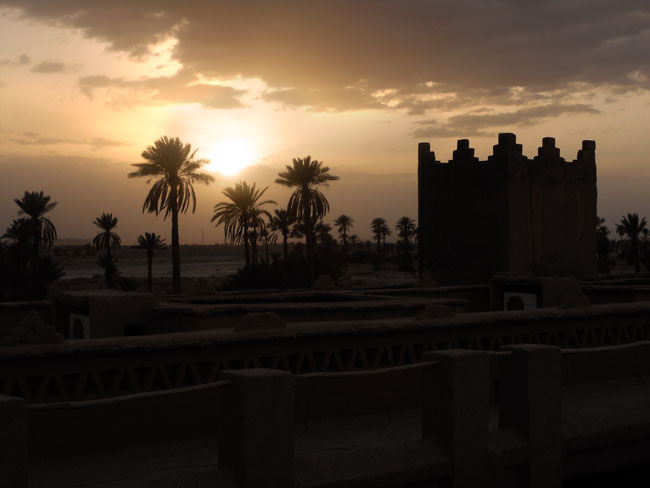
MORE ON TRAINING: Pathfinding Across Terra Incognita | Lessons from the Rubicon | Scouting the Sahara in Morocco | US Nomads Go to Jeep School | Following the Clues on a Map | Navigating the Desert the Bedouin Way | Route Finding with Orienteering
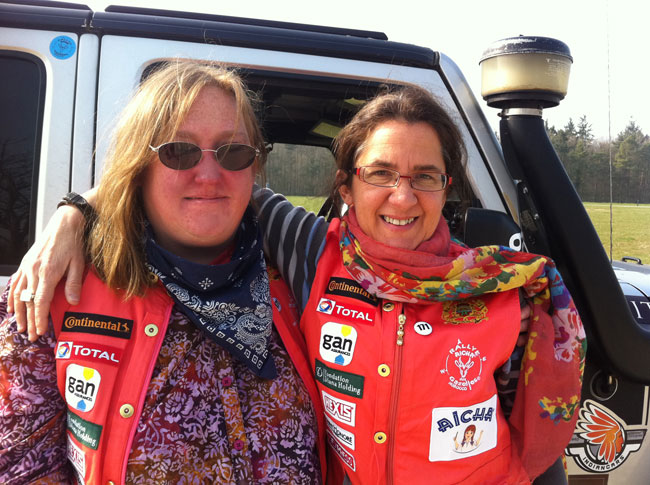
NOTE: This is the first in a series of essays chronicling our personal experiences in the incredible adventure known as the Rallye Aicha des Gazelles. We took on the challenge in March 2014 to hone our skills in desert driving and navigation as preparation for an independent trans-Saharan expedition and are not professional rally racers. The opinions and descriptions presented here are based on our own experience of the event, and may not be typical. However, we can say without hesitation to anyone considering participating in the Gazelle Rally in the future: DO IT! (For a more general description of the rally, videos, and more, see our RALLY RECAP)
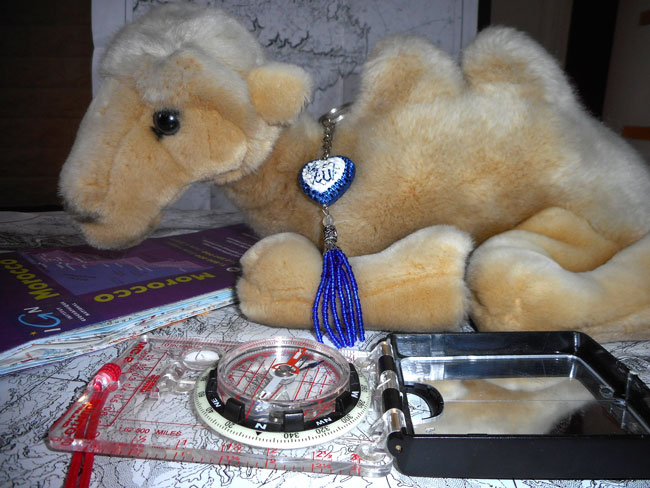
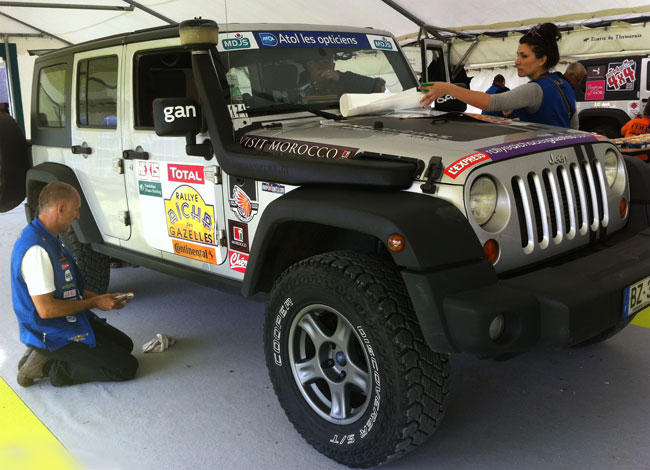
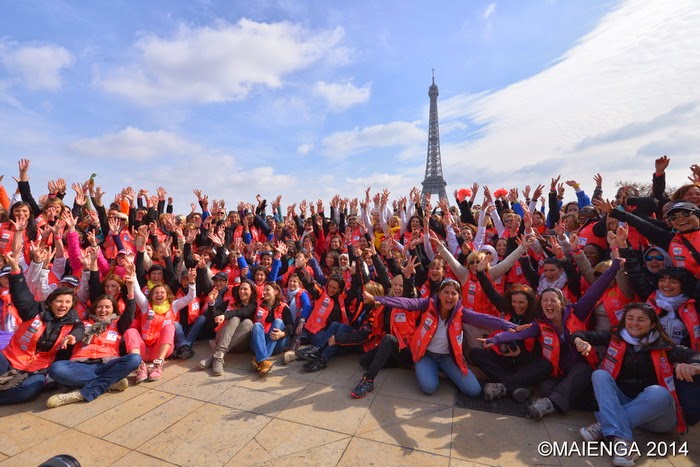
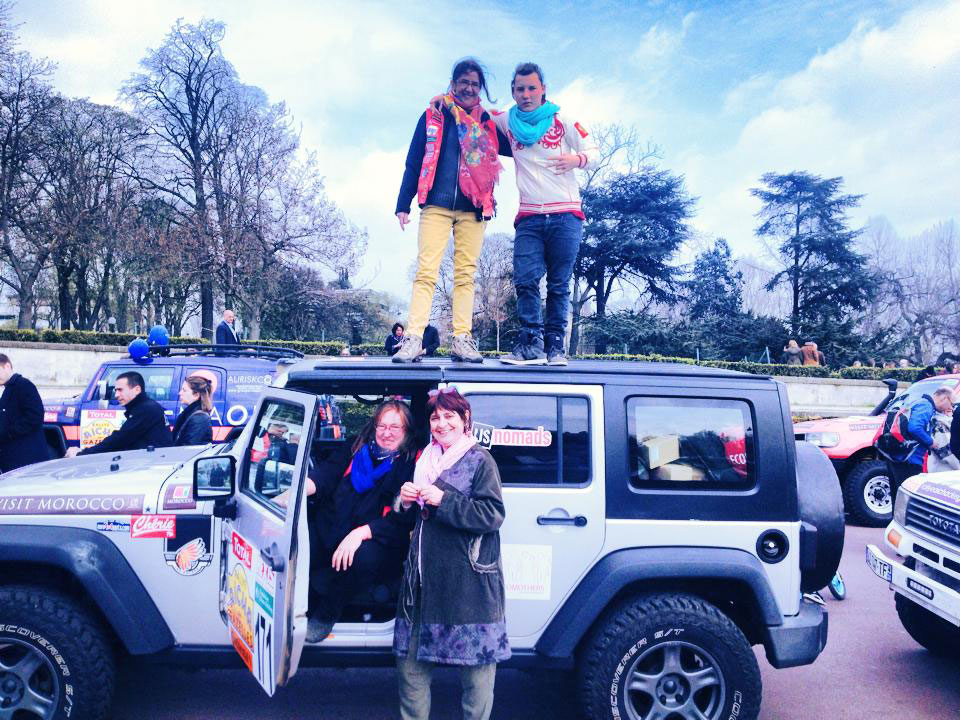
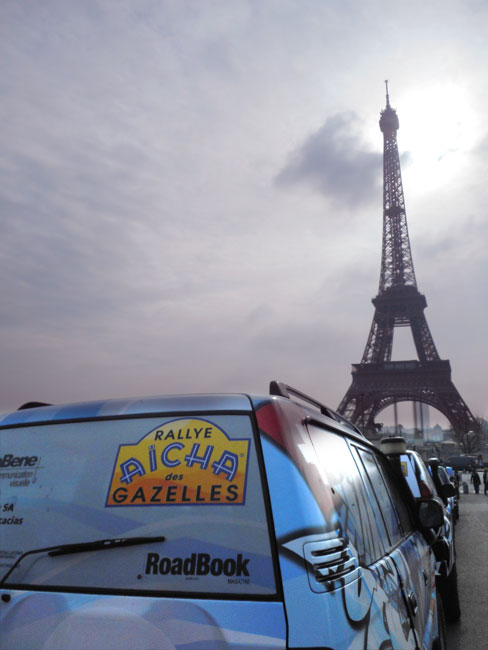
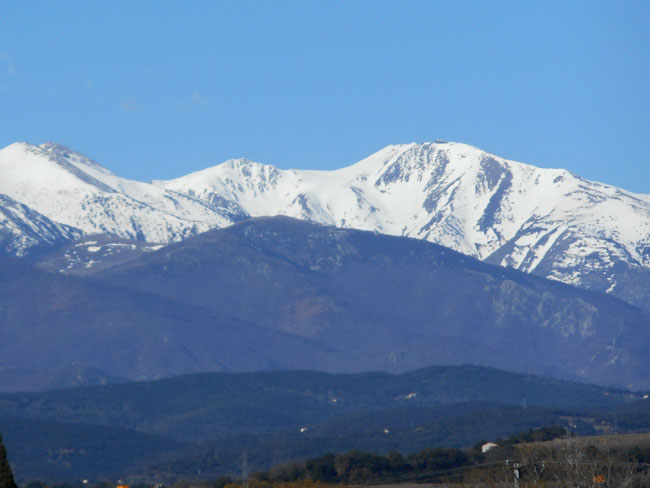
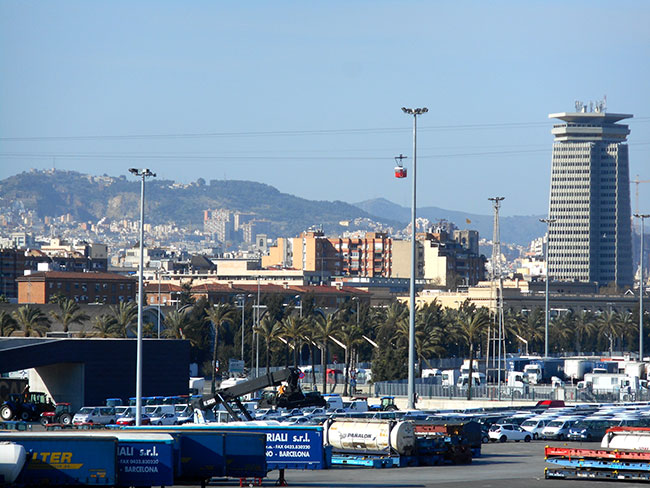
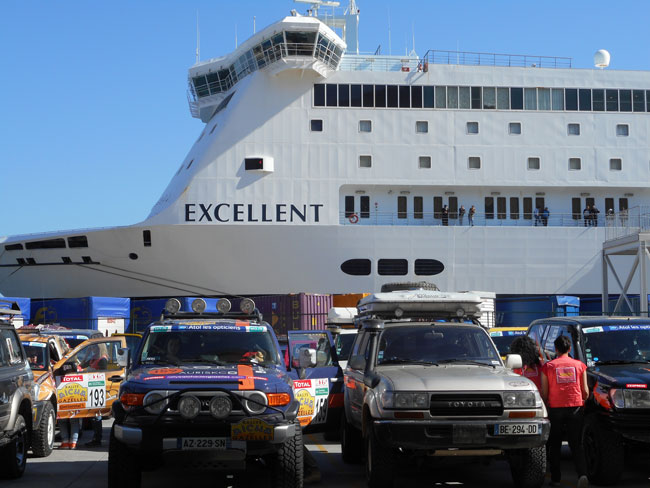
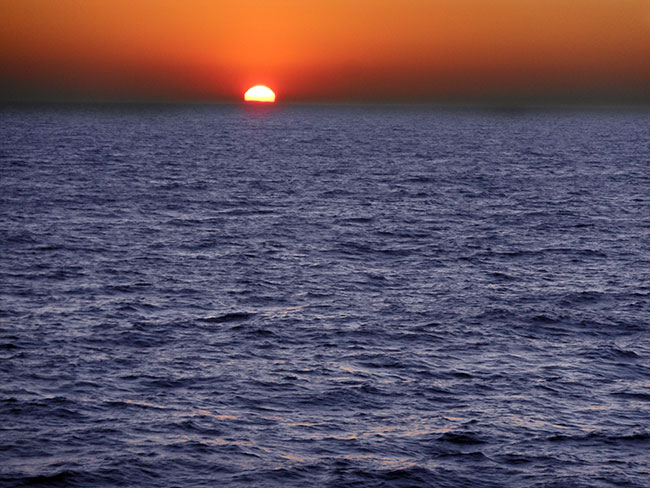
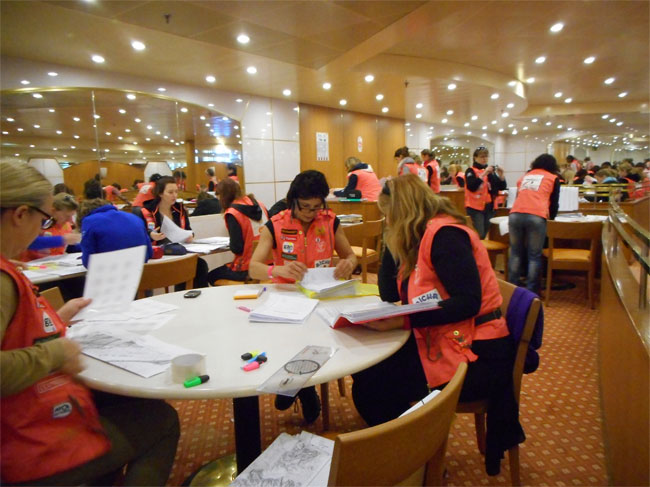
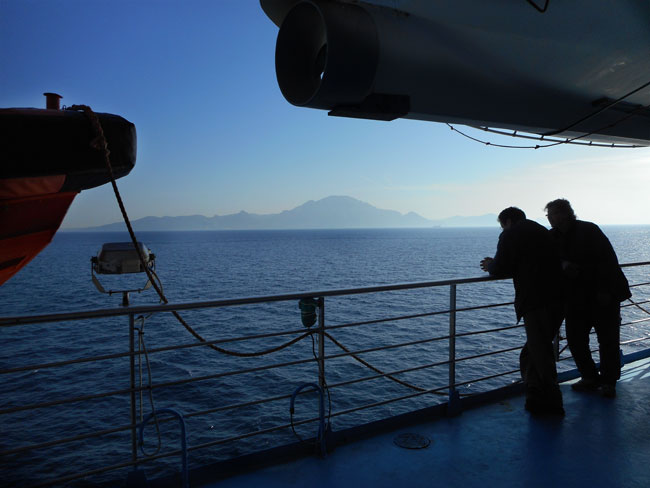
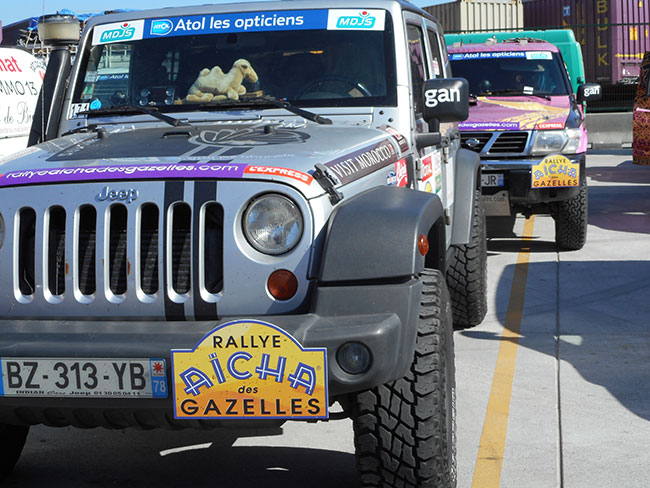
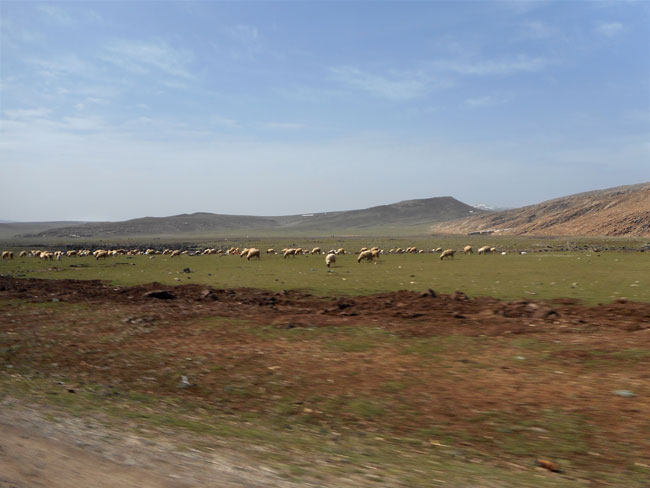
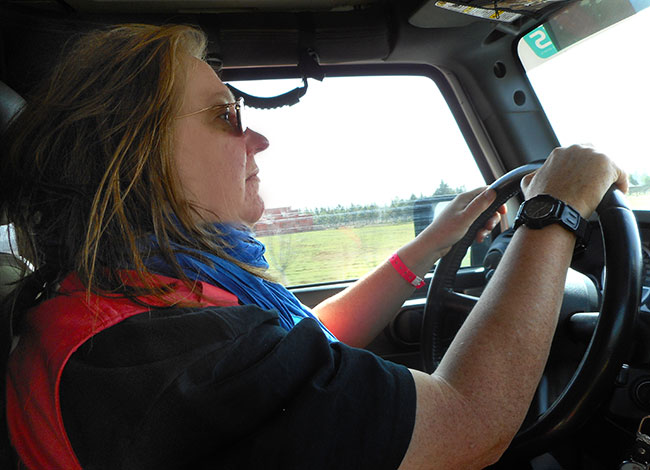
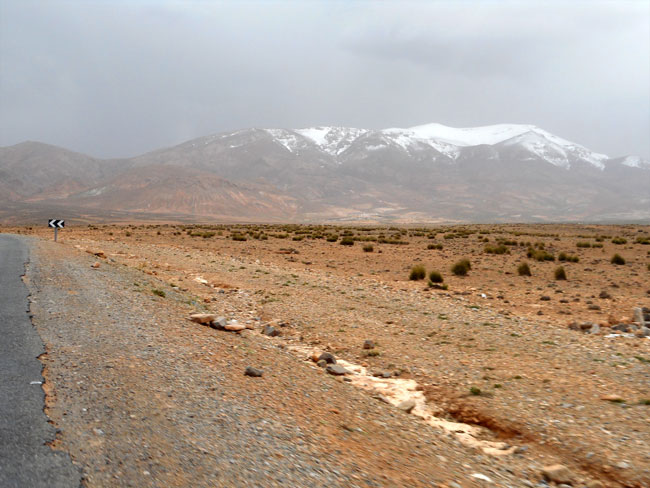
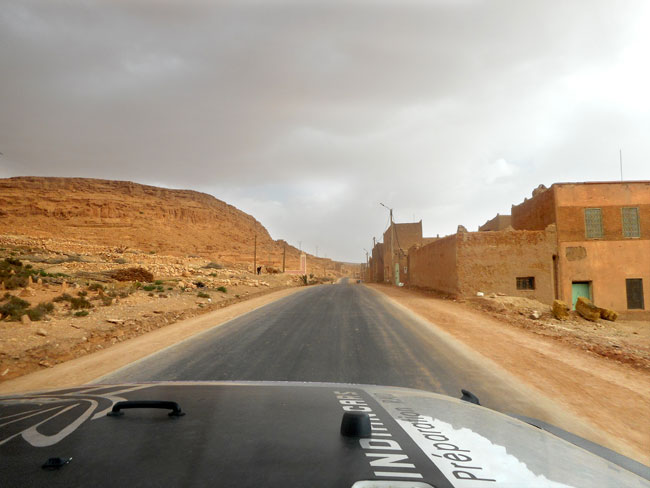
The Rallye Aicha des Gazelles au Maroc, which takes place each March, is one of the toughest motorsport events in the world. For nine days 150 all-female teams race off-road across the Moroccan Sahara competing to see who can reach the most checkpoints with the least mileage using only a map and a compass.
The event takes place in the south-eastern part of Morocco, near the border with Algeria. Teams start near the town of Erfoud and make their way west to the beach at Essaouira.